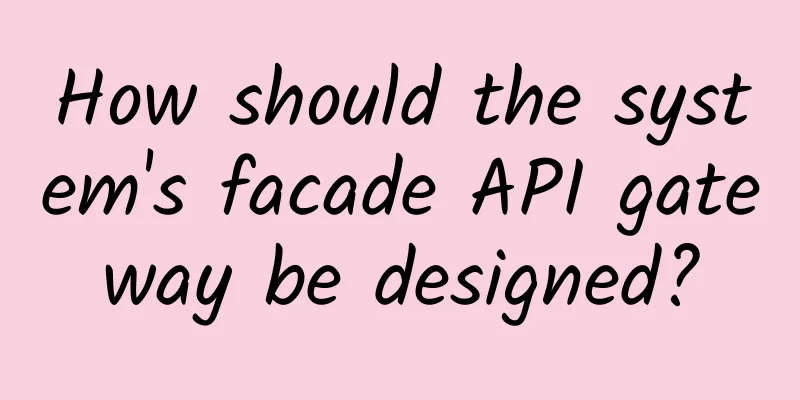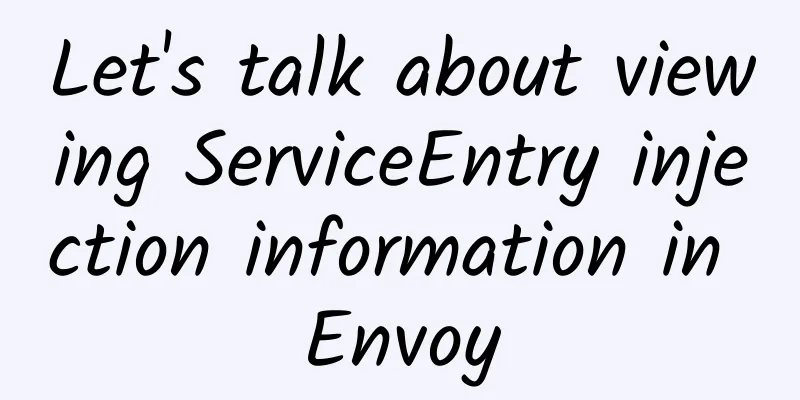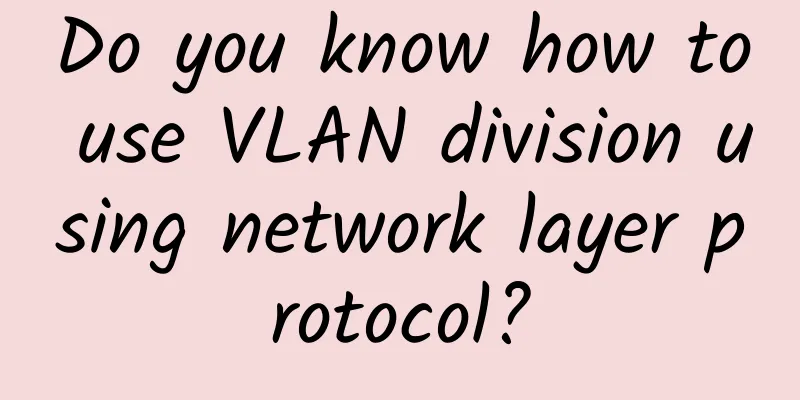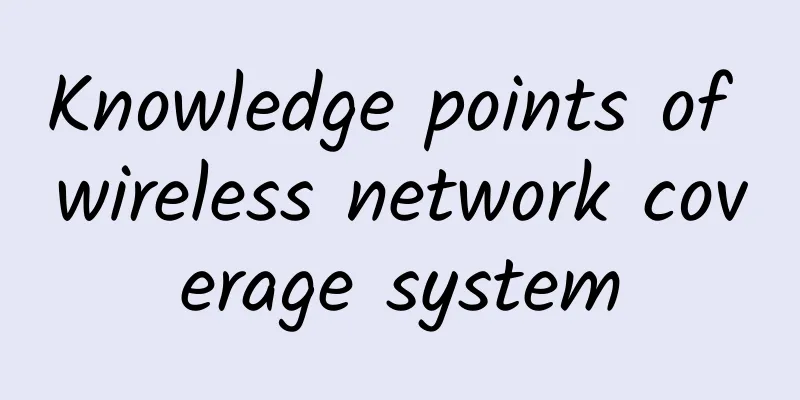Engineers announce QUIC protocol completes RFC 9000 release

|
According to foreign media, the Internet Engineering Task Force (IETF) has released RFC 9000, which is supported by RFC 9001/9002/8999, which means that QUIC has moved from the draft stage to the official version 1.0. At the same time, HTTP/3 based on QUIC is also expected to be released soon. As the successor of the Transmission Control Protocol (TDP), the fast UDP Internet connection QUIC has the characteristics of security, reliability, and low latency.
TCP is a connection-oriented, reliable, byte-stream-based transport layer communication protocol defined by IETF's RFC 793, designed to adapt to a layered protocol hierarchy that supports multi-network applications. Pairs of processes in host computers connected to different but interconnected computer communication networks rely on TCP for reliable communication services. TCP assumes that it can get simple, possibly unreliable datagram services from lower-level protocols. In principle, TCP should be able to operate on a variety of communication systems from hard-wired connections to packet switching or circuit switching networks. The TCP/IP protocol suite is the foundation of the Internet. The transport layer protocols include TCP and UDP. Compared with the TCP protocol, UDP is lighter, but has much less error checking. This means that UDP is often more efficient (it does not communicate with the server frequently to check whether the data packets are delivered or in order), but its reliability is not as good as TCP. Usually, applications such as games, streaming media, and VoIP use UDP, while most applications such as web pages, emails, and remote logins use TCP. QUIC is a low-latency Internet transport layer protocol based on UDP developed by Google, which solves the various requirements faced by today's transport layer and application layer, including handling more connections, security, and low latency. |
>>: The development trend of enterprise-level wireless coverage (WiFi6)
Recommend
What exactly is semantic communication?
As we all know, since the outbreak of the informa...
How to connect multiple Ethernet switches?
Ethernet is not a new technology as it has been u...
The three major operators unveiled their latest 5G strategies
As the global 5G latest version standard is locke...
How do operators judge a reliable IoT project? The thoughts of operators’ IoT personnel
Previous article: "The Internet of Things in...
Σco Time | Huawei releases iSitePower intelligent site energy to accelerate industry digitalization
[51CTO.com original article] Since the outbreak o...
Android Network Programming-TCP/IP Protocol
In the article Android Network Programming - Comp...
Analysis of the operating data of the three major operators in October: the growth momentum of 5G package users remains rapid
Recently, the operating data of the three major o...
Gartner: Enterprises rethink software security strategies
Businesses are rethinking risk management and sof...
V5.NET: Hong Kong cloud server 60% off from 36 yuan/month, Hong Kong independent server 60% off from 390 yuan/month
V5.NET upgraded its business management system at...
vRAN, C-RAN, O-RAN, OpenRAN, the love-hate relationship between Open RAN
[[398639]] This article is reprinted from the WeC...
Ruijie Cloud Desktop has emerged as a new force. Why do users prefer it?
[51CTO.com original article] Speaking of players ...
Detailed explanation of TCP connection status and closing method and TCP parameter optimization under Winserver system
To be honest, the TCP connection method on Window...
KVMLA: 20% off monthly payment and 50% off annual payment for all SoftBank VPS in Hong Kong/Singapore/Japan
During the Black Friday and Double 11 period, KVM...
Huawei's IP production and broadcasting network solutions continue to innovate, helping television enter the ultra-high-definition era
Today is World Television Day. Do you remember th...


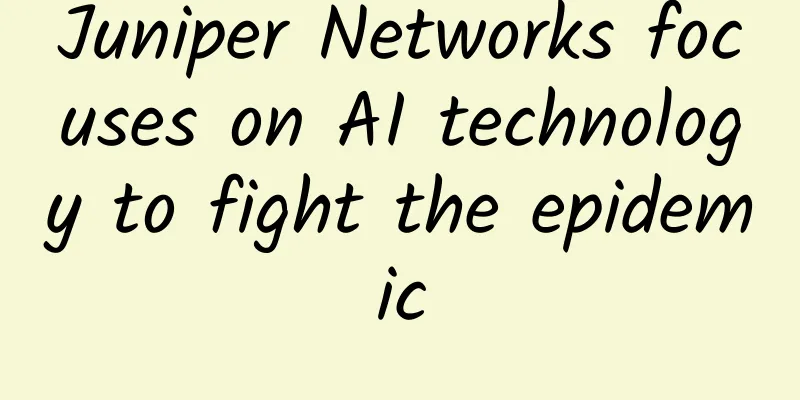
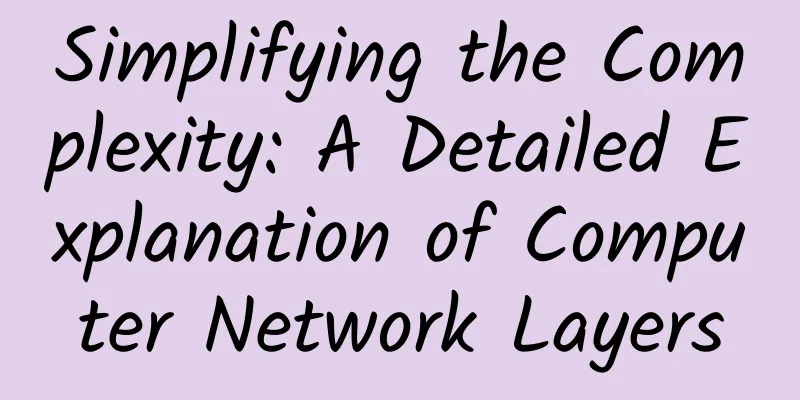
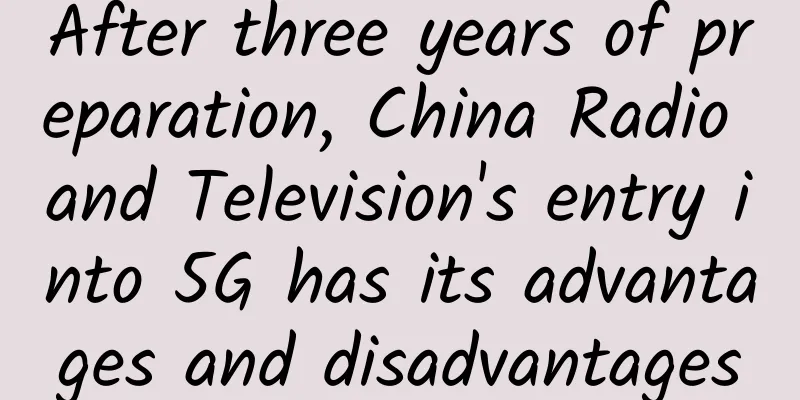
![[Black Friday] Sharktech: 50% off on all cloud products, 10Gbps unlimited traffic server $349/month-2*Gold 6148/128G/2TB NVMe/Los Angeles and other data centers](/upload/images/67cabcf5b13e5.webp)
